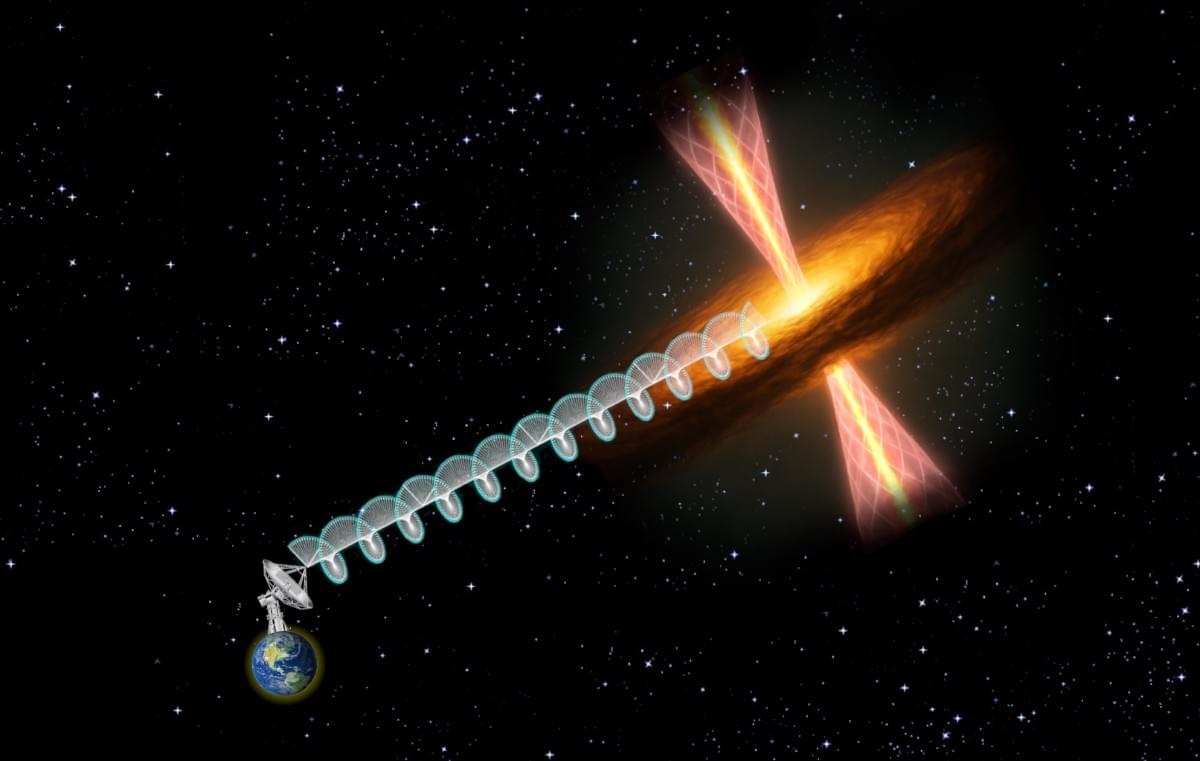Google reveals COLDRIVER’s new malware families NOROBOT, YESROBOT, and MAYBEROBOT amid rising cyber espionage.
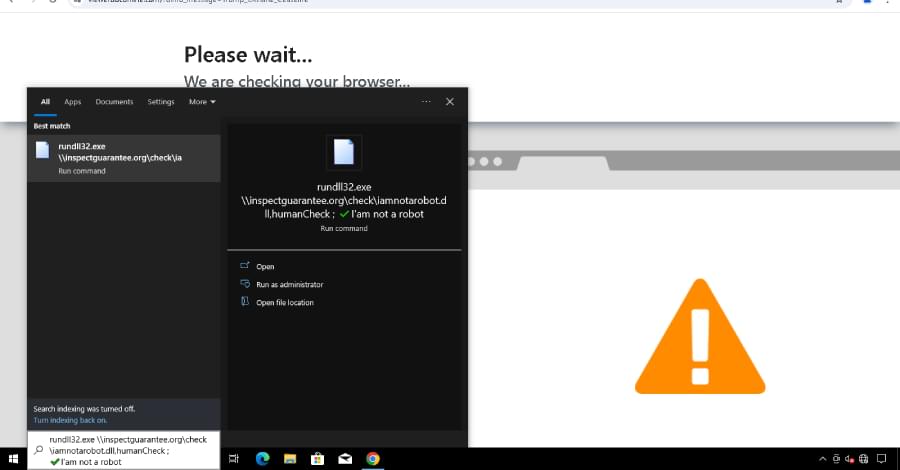



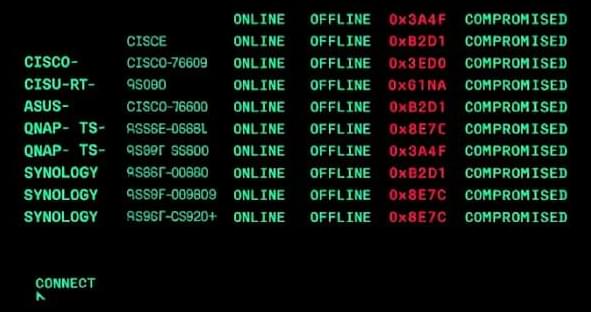


CISA has confirmed that an Oracle E-Business Suite flaw tracked as CVE-2025–61884 is being exploited in attacks, adding it to its Known Exploited Vulnerabilities catalog.
BleepingComputer previously reported that CVE-2025–61884 is an unauthenticated server-side request forgery (SSRF) vulnerability in the Oracle Configurator runtime component, which was linked to a leaked exploit used in July attacks.
The US cybersecurity agency is now requiring federal agencies to patch the security vulnerability by November 10, 2025.

Nearly 76,000 WatchGuard Firebox network security appliances are exposed on the public web and still vulnerable to a critical issue (CVE-2025–9242) that could allow a remote attacker to execute code without authentication.
Firebox devices act as a central defense hub that controls traffic between internal and external networks, providing protection through policy management, security services, VPN, and real-time real-time visibility through WatchGuard Cloud.
Scans from The Shadowserver Foundation currently show that there are 75,835 vulnerable Firebox appliances across the world, most of them in Europe and North America.
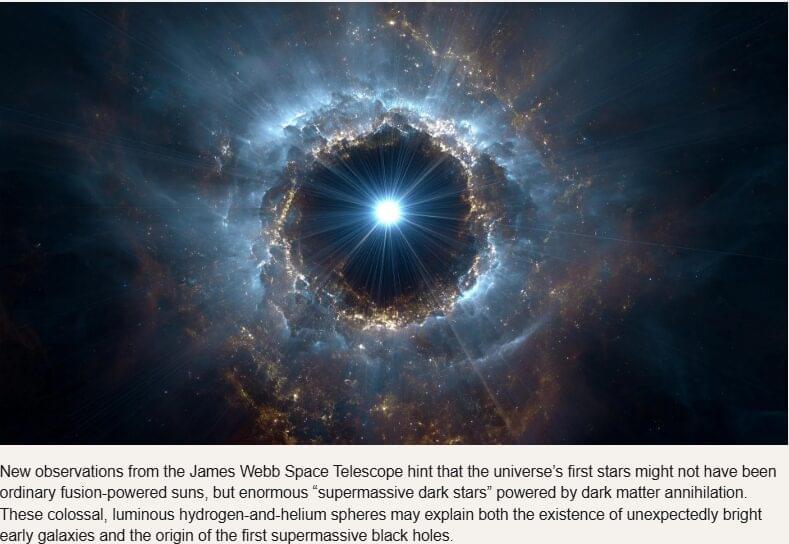
New observations from the James Webb Space Telescope hint that the universe’s first stars might not have been ordinary fusion-powered suns, but enormous “supermassive dark stars” powered by dark matter annihilation. These colossal, luminous hydrogen-and-helium spheres may explain both the existence of unexpectedly bright early galaxies and the origin of the first supermassive black holes.
In the early universe, a few hundred million years after the Big Bang, the first stars emerged from vast, untouched clouds of hydrogen and helium. Recent observations from the James Webb Space Telescope (JWST) suggest that some of these early stars may have been unlike the familiar (nuclear fusion-powered) stars that astronomers have studied for centuries. A new study led by Cosmin Ilie of Colgate University, together with Shafaat Mahmud (Colgate ’26), Jillian Paulin (Colgate ’23) at the University of Pennsylvania, and Katherine Freese at The University of Texas at Austin, has identified four extremely distant objects whose appearance and spectral signatures match what scientists expect from supermassive dark stars.
“Supermassive dark stars are extremely bright, giant, yet puffy clouds made primarily out of hydrogen and helium, which are supported against gravitational collapse by the minute amounts of self-annihilating dark matter inside them,” Ilie said. Supermassive dark stars and their black hole remnants could be key to solving two recent astronomical puzzles: i. the larger than expected extremely bright, yet compact, very distant galaxies observed with JWST, and ii. the origin of the supermassive black holes powering the most distant quasars observed.
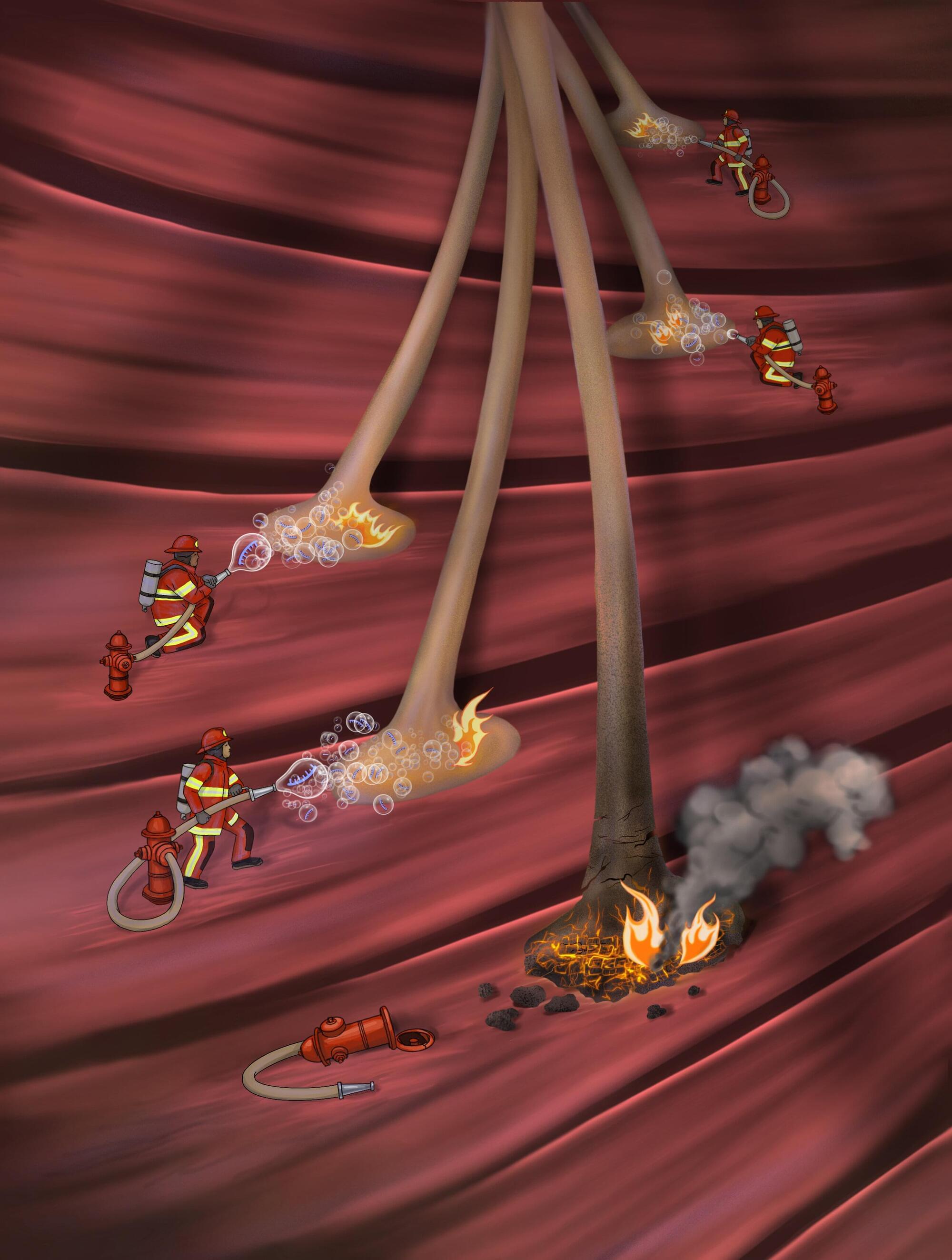
Amyotrophic lateral sclerosis (ALS) is a neurodegenerative disease characterized by progressive muscle wasting and limb paralysis. This neurodegenerative condition results from the gradual destruction of motor neurons, the nerve cells that control muscles.
Past neuroscience studies have identified a TAR DNA-binding protein that plays a key role in ALS, known as TDP-43. This protein, which generally regulates RNA processing (i.e., how genetic information is managed inside cells), was found to abnormally accumulate in the axons (i.e., nerve fibers) of patients diagnosed with ALS.
Researchers at Tel Aviv University, Sheba Medical Center and other institutes carried out a study aimed at further exploring the mechanisms that underpin this local aggregation of TDP-43 in axons.
